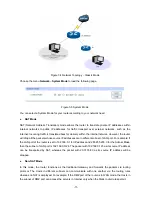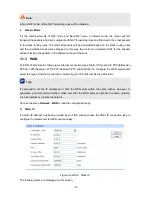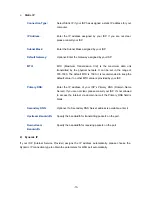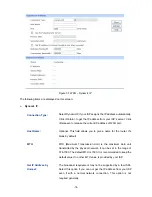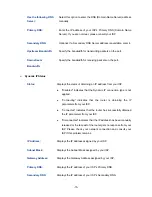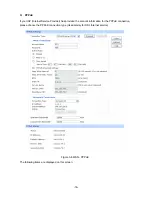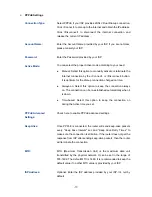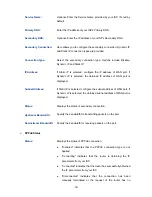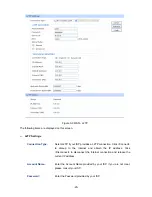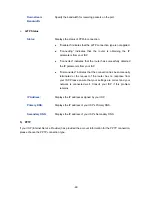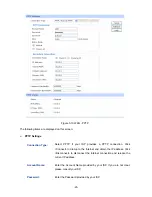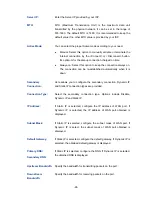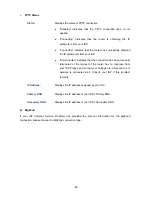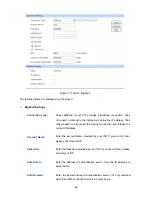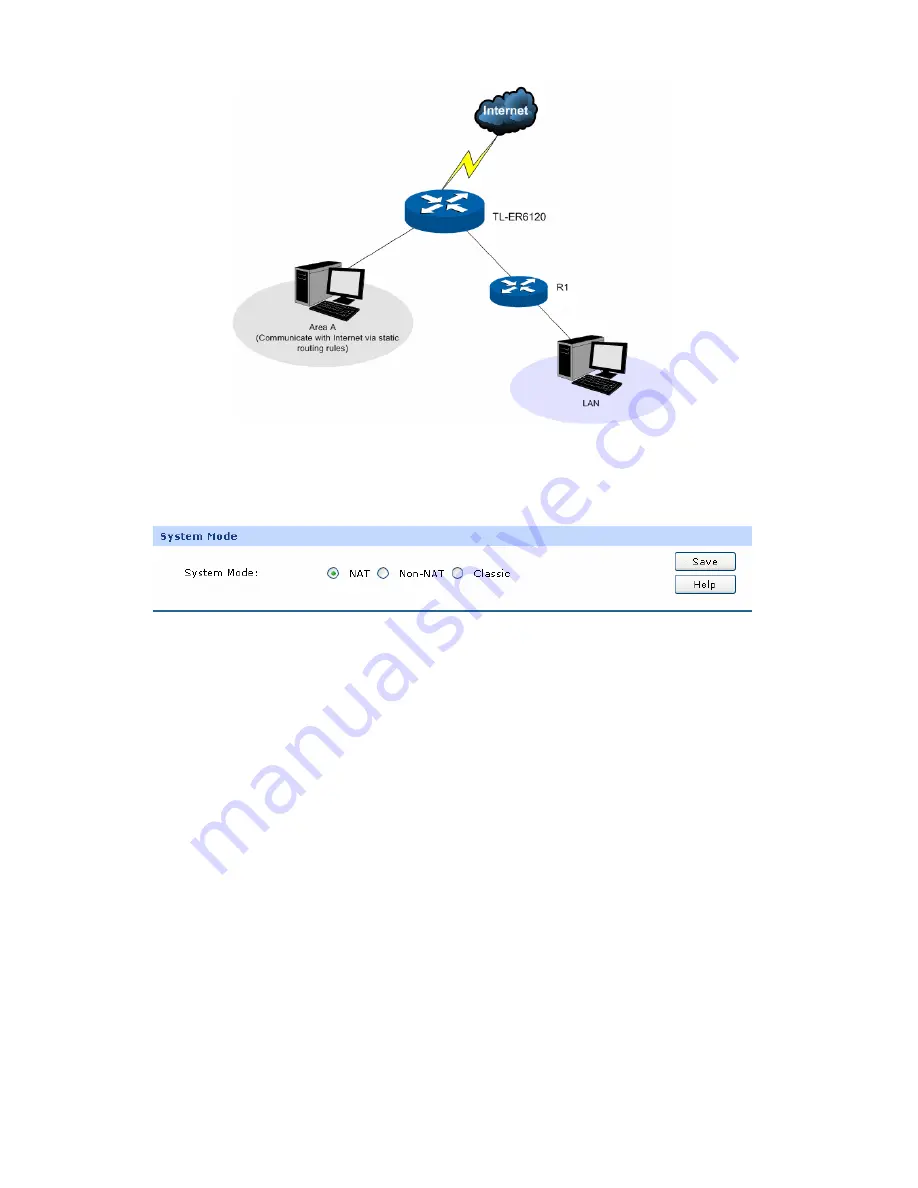
-11-
Figure 3-4 Network Topology – Classic Mode
Choose the menu
Network
→
System Mode
to load the following page.
Figure 3-5 System Mode
You can select a System Mode for your router according to your network need.
NAT Mode
NAT (Network Address Translation) mode allows the router to translate private IP addresses within
internal networks to public IP addresses for traffic transport over external networks, such as the
Internet. Incoming traffic is translated back for delivery within the internal network. However, the router
will drop all the packets whose source IP addresses are in different subnet of LAN port. For example: If
the LAN port of the router is set to 192.168.0.1 for IP address and 255.255.255.0 for the Subnet Mask,
then the subnet of LAN port is 192.168.0.0/24. The packet with 192.168.0.123 as its source IP address
can be transported by NAT, whereas the packet with 20.31.76.80 as its source IP address will be
dropped.
Non-NAT Mode
In this mode, the router functions as the traditional Gateway and forwards the packets via routing
protocol. The Hosts in different subnets can communicate with one another via the routing rules
whereas no NAT is employed. For example: If the DMZ port of the router is in WAN mode, the Hosts in
the subnet of DMZ port can access the servers in Internet only when the Static router rules permit.















